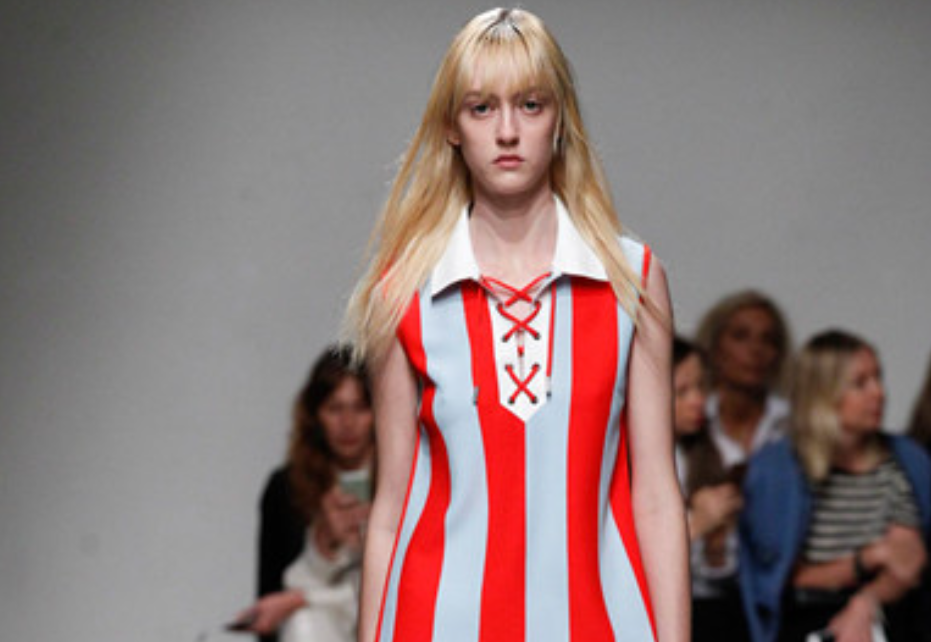
This exhibition is a collaboration between the Los Angeles County Museum of Art (LACMA) and NGV, and we have very little overlap in our collections, so the combination of the two actually expands the scope of the exhibition.
For example, we have a space dedicated to The Widows of Culloden for the Autumn/Winter 2006 collection, a collection that is very important to him, and we show 12 looks from it, which is almost a quarter of the original show.
We've been working on this project for about two years and we've met a lot of amazing people, including people who have worked with McQueen before.
We also interviewed some of them and built a good relationship with these people and they were very supportive of the exhibition.
So, I think that's a lovely side effect of working on the project.
As you do your research, you reach out to them, and there's an ongoing connection with them that helps you learn more from the collection.
Of all the exhibits on display, are there any that you would like to highlight?
The Spring/Summer 2002 collection The Dance of the Twisted Bull, a collection inspired by Spanish culture, especially flamenco dancers and bullfighters.
We juxtapose it with works by Picasso from the 1950s and Francesca Goya from the 19th century.
Both artists were drawn to the idea of bullfighting, a battle between animals and humans that unleashed danger and passion.
I think this is the best moment in the exhibition.
In Plato's Atlantis, McQueen's last complete collection, we present extraordinary digital printed garments, inspired by various forms of Marine life and reptiles, as models for the post-human era.
For this series with climate change as the core, we also present many photos from the NGV archive in this part of the curation, which are similar to digital processing photos of icebergs. The pictures are taken from the aerial photos of the largest icebergs on the Antarctic continental shelf, and the patterns of glacier splitting almost match the prints used by McQueen on the clothing.
During the whole preparation, did you discover anything new about McQueen?
I think it's inevitable that in the build-up we will feel closer to McQueen.
You will develop a deeper respect for the impact and legacy he left behind.
Many of the ideas and issues he raised through creativity, such as climate change and overconsumption, are still very important topics today.
In a way, what we do as curators is tell the story of the designer for the audience.
McQueen is a storyteller with fashion, and we use exhibitions.
I think for us, there will always be a special affinity for McQueen in the 1990s, even if we did not own it, but read about it in fashion magazines, attention, will feel excited and constantly revisit.

